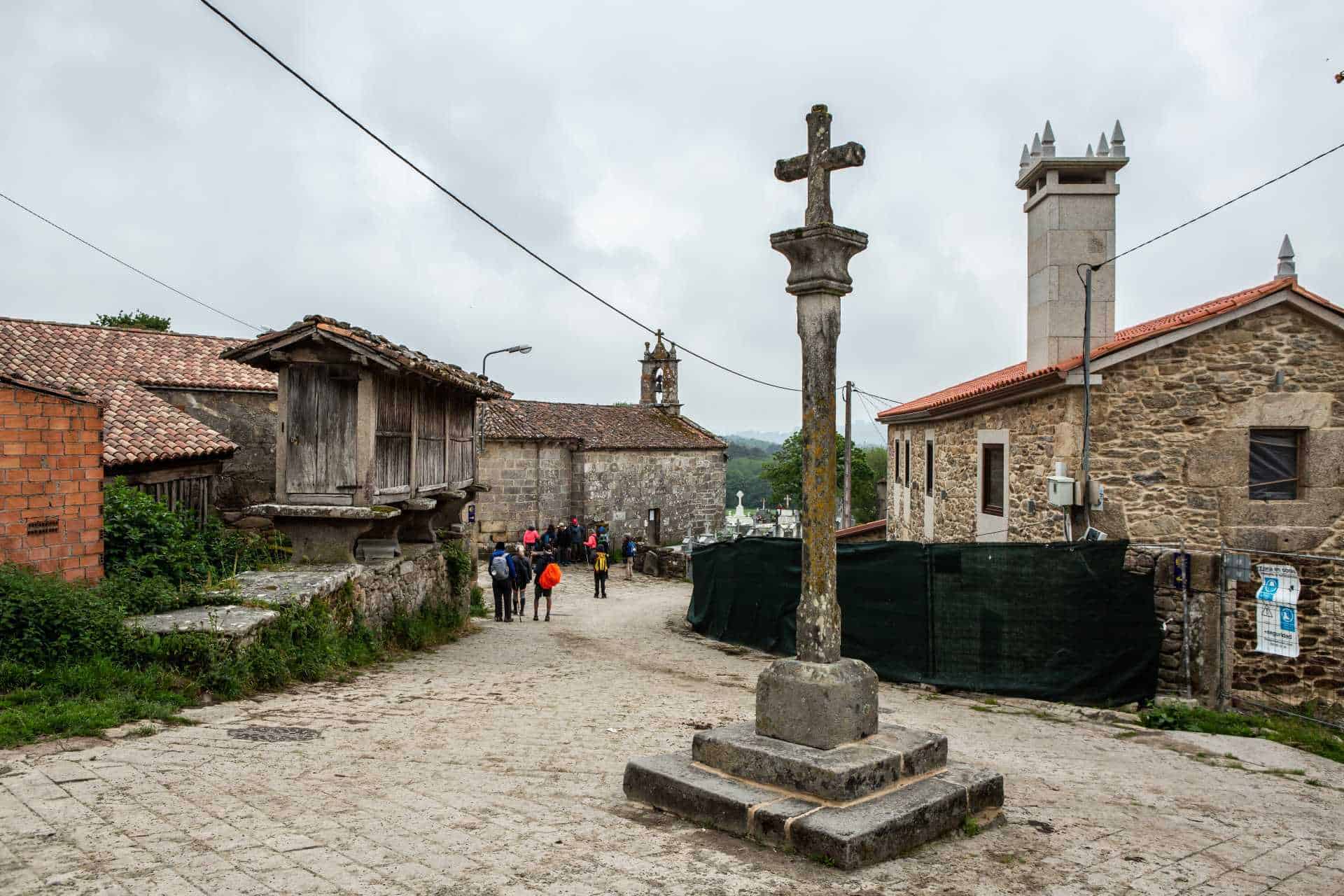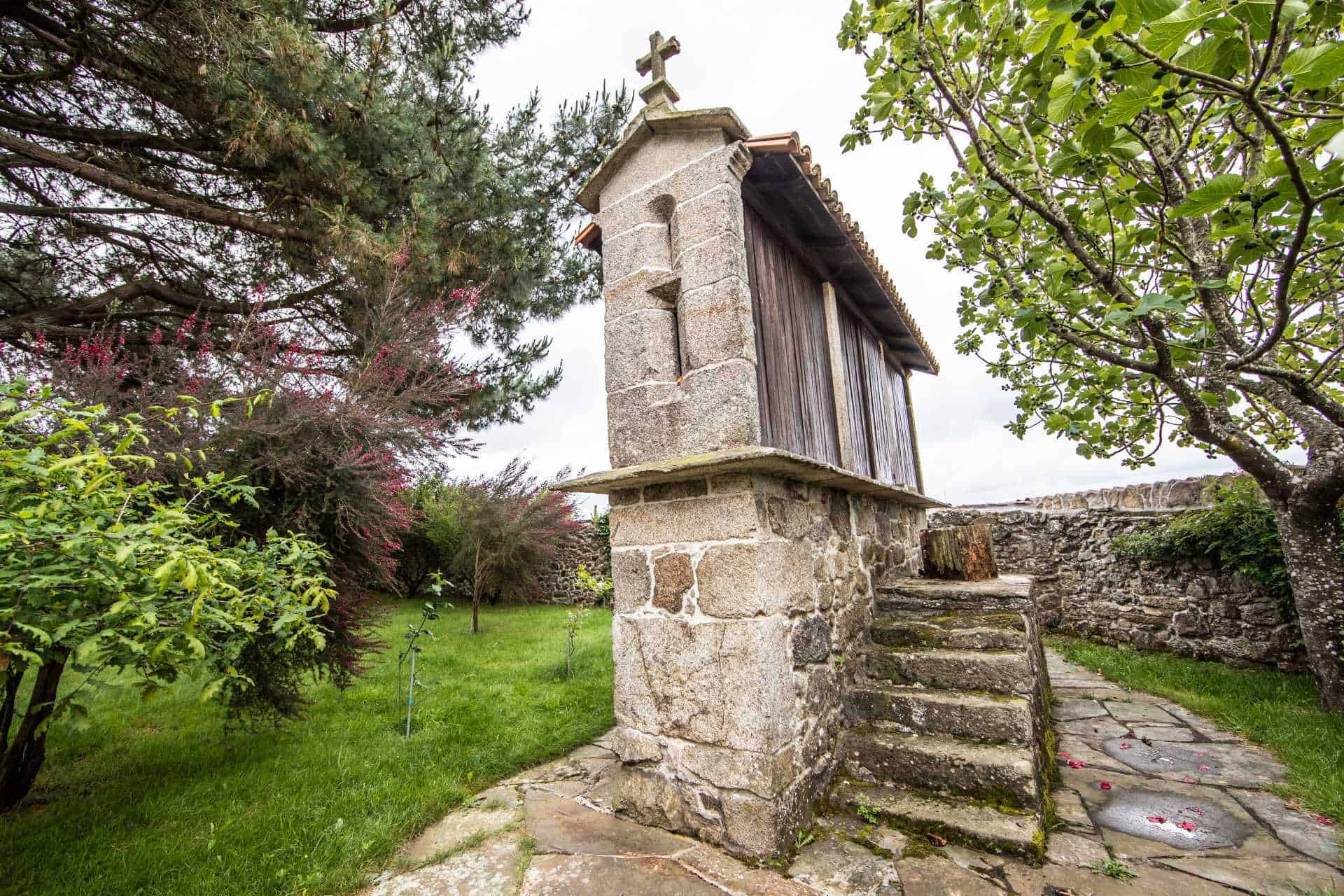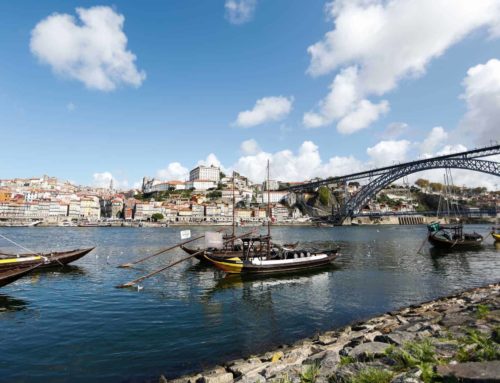What is an horreo?
This is a question we often hear as we walk across northern Spain along the Camino de Santiago. It is a query about the raised, narrow and long buildings, often topped with a cross, scattered across the Camino upon entering the state of Galicia. The next question usually is, how do you pronounce it? Just think of America’s most loved cookie – the Oreo. Say the word the same and you sound just as a Spaniard!

Galicia
These buildings are considered the unofficial symbol of Galicia and date back to the 15th Century. Galicia is the last autonomous region pilgrims on the Camino de Santiago walk through to arrive at the famous Cathedral of Santiago de Compostela.
The original purpose was to store feed for the animals. They also were used to house any farm produce that needed to be stocked or further ripened. Horreos are seen throughout the Camino de Santiago. Those in Galicia are slimmer and longer than those found in states such as Asturias whose horreos are wide and square.
Horreos in Galicia range in size from over 10 meters in length to even as little as one meter in length. These granaries are usually made of granite. They are always elevated to ensure rodents are unable to feast on the contents inside. Today, these buildings are no longer utilised due to advancements in modern agriculture which also means they are no longer being built. Most older properties in Galicia have an horreo on the land, but sadly many of them are unkept. This is because owners are required to apply for a special permit, at a high cost, to renovate these protected buildings.
Famous Horreos
Although not located on the Camino de Santiago, the most famous is the Carnota Horreo. It is 34.7 meters in length and is considered the largest in Galicia. The entire structure is made of granite, including the roof, making it a spectacular site.
At kilometer 32 on the Camino de Santiago, you will find that horreo was built in 1950. Basically, making it a modern day structure. This horreo is much larger and rectangular in shape, unlike the historical slim model.
As you walk the Camino de Santiago, keep an eye out for these unique buildings as they can come in a variety of sizes and often with unique elements. Searching for your favourite horreo can sometimes help the kilometres swiftly pass by!
Architectural Landmarks of Galicia Spain. (n.d.). Retrieved August 18, 2016, from https://www.galiciaguide.com/Landmarks.html






